integrated pv systems
When it comes to integrating solar energy into the home, most people think of rooftop solar panels. Still, these are not very aesthetically pleasing, and many people are even unable to use rooftop solar because their roof does not receive enough direct sunlight. In these cases, community solar schemes, buying green energy or looking at other solar products such as BIPV can allow them to benefit from clean, renewable solar energy.
Building Integrated Photovoltaic (BIPV) energy is revolutionizing how homeowners can integrate solar production into their homes. This short article delves into BIPV to help you determine if this may be an option for a new home or a renewable energy retrofit for an existing home.
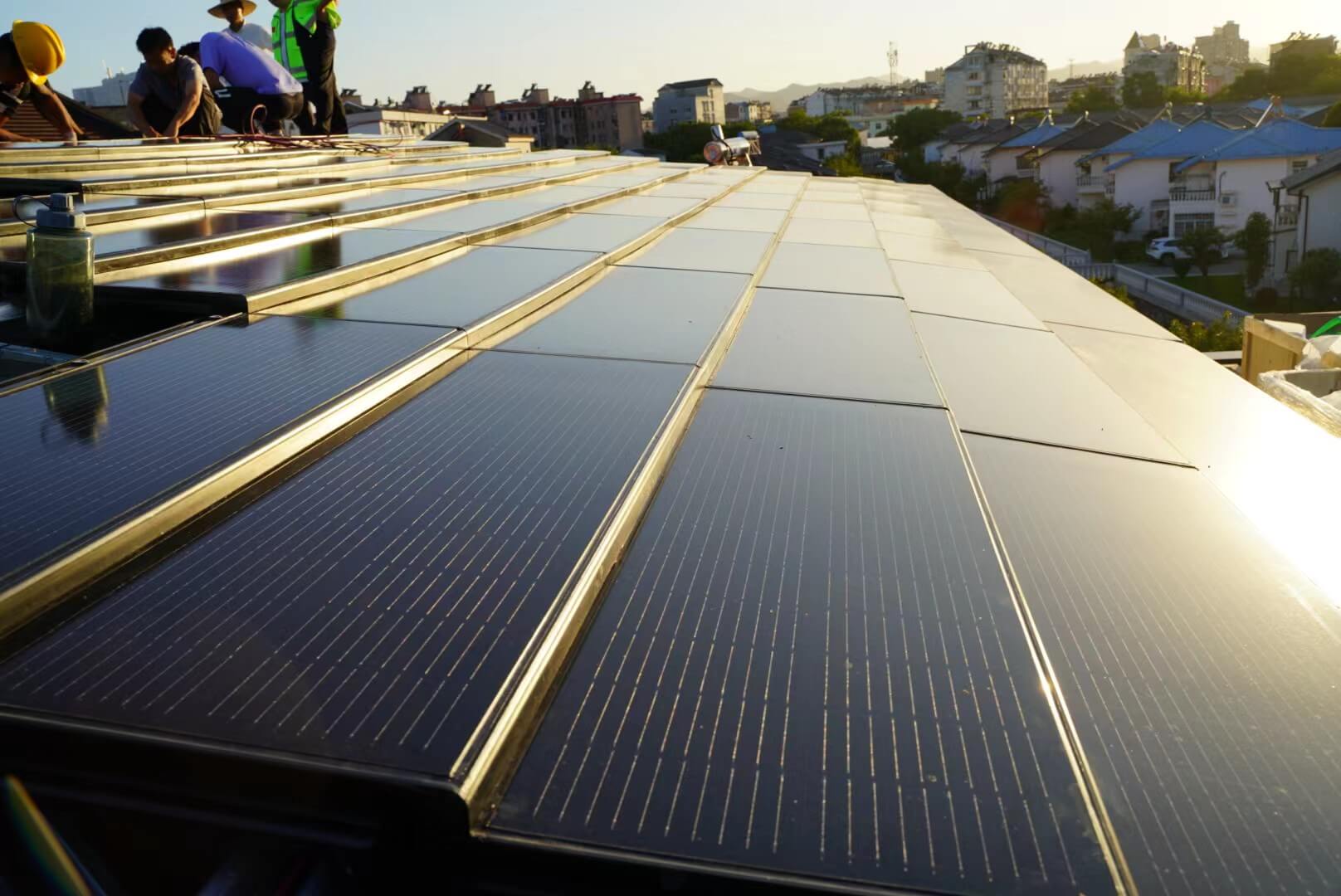
History
PV applications for buildings began appearing in the 1970s. Aluminum-framed photovoltaic modules were connected to, or mounted on, buildings that were usually in remote areas without access to an electric power grid. In the 1980s photovoltaic module add-ons to roofs began being demonstrated. These PV systems were usually installed on utility-grid-connected buildings in areas with centralized power stations. In the 1990s BIPV construction products specially designed to be integrated into a building envelope became commercially available.
The application and use of solar photovoltaic (PV) systems has grown exponentially in the last few years. PV systems consist of a semiconductor material that converts sunlight into electricity. As a result, PV systems are widely used for solar energy applications. Based on functional and operational specifications, the way in which solar PV systems are connected to other power sources and the configuration of their components.
There are clear differences between BIPV and conventional solar panels. Whereas solar panels are connected to the house (usually the roof), BIPV is built into an important external element of the house and is a dual-purpose building material that uses the photovoltaic effect to generate clean electricity and also acts as an external climate barrier for the building. From windows and skylights reinforced with photovoltaic glass, to roofs, building facades or railings, thus fully integrated into the building and replacing the basic architectural elements.
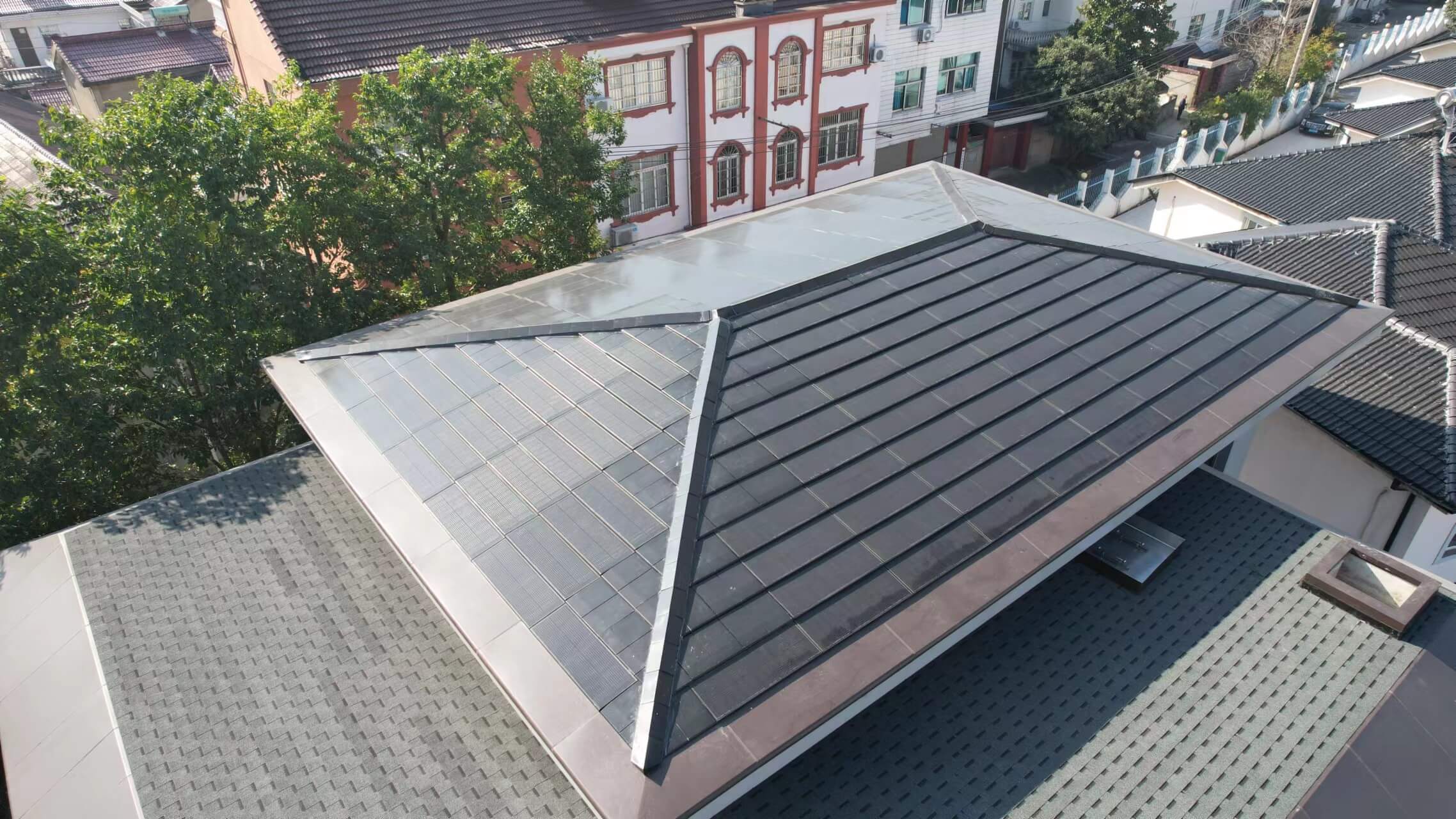
Grid-connected or utility-interactive systems
Stand-alone systems
Hybrid systems
Most BIPV systems are connected to the available utility grid, while BIPV can also be used for stand-alone off-grid systems. One of the benefits of grid-connected BIPV systems is that the storage system is essentially free of charge through the cooperative utility policy. It is also 100% efficient and has unlimited capacity. Both building owners and utilities benefit from grid-connected BIPV. on-site production of solar electricity is usually at or near the peak load of buildings and utilities. The solar contribution reduces energy costs for building owners, while the output solar electricity helps support the utility grid when demand is highest.
Photovoltaic cells or PV cells can be manufactured in many different ways and from many different materials. Despite this difference, they all perform the same task, which is to collect solar energy and convert it into useful electrical energy. The most common material used for solar panel construction is silicon, which has semiconductor properties. Several of these solar cells are needed to build a solar panel, with many panels forming a photovoltaic array.
The photovoltaic cell technologies that dominate the world market fall into three categories: monocrystalline silicon, polycrystalline silicon and thin film. Higher efficiency PV technologies, including gallium arsenide and multi-junction cells, are less common due to their high cost, but are well suited for use in concentrated photovoltaic systems and space applications.
A complete BIPV system component includes:
Building Integrated Photovoltaics (BIPV) is the integration of photovoltaics (PV) into the building envelope. The PV module has the dual function of a building skin (replacing traditional building envelope materials) and a generator. By avoiding the cost of conventional materials, the incremental cost of PV is reduced and its life-cycle cost is improved. This means that the total cost of a BIPV system is typically lower than that of a PV system that requires a separate, dedicated, installation system.
PV modules (which may be thin-film or crystalline, transparent, translucent or opaque).
A charge controller to regulate the power to and from the battery bank (in a stand-alone system).
An energy storage system, usually consists of a utility grid in a utility-interactive system or multiple cells in a stand-alone system.
Power conversion equipment, including an inverter that converts the DC output of the PV module to AC compatible with the utility grid.
back-up power sources, such as diesel generators (optional - usually for stand-alone systems)
Suitable supporting and mounting hardware, wiring and safety disconnects.
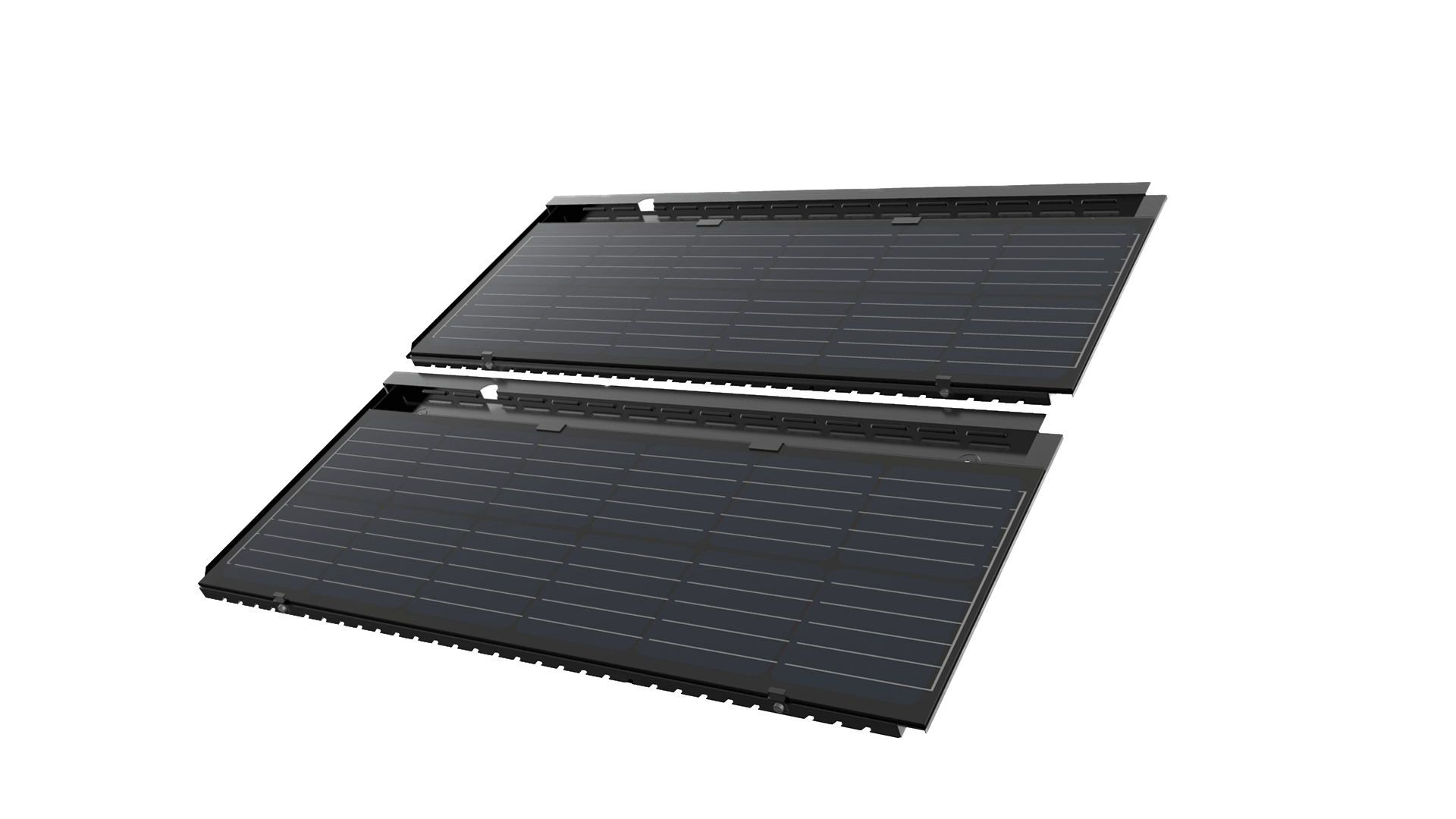
Adding architectural interest to buildings
Building-integrated photovoltaic (BIPV) systems involve the integration of photovoltaic modules into the building envelope, for example on the roof or façade. By serving as both building envelope material and generator, BIPV systems save on material and electricity costs, reduce the use of fossil fuels and ozone-depleting gas emissions, and add architectural interest to buildings. The photovoltaic modules are fully integrated into the building from windows and skylights reinforced with photovoltaic glass to roofs, building facades or railings. Structurally, the BIPV solar installation replaces the basic building elements. Solar roofs are at the forefront of bold developments in the solar industry - from solar panels to solar roofs - BIPV is at the forefront of solar technology.
Saving land area
The benefits of BIPV are manifold: not only can BIPV generate clean electricity on-site without the need for additional land area, it can also influence the energy consumption of buildings through daylight utilisation and reduced cooling loads. As such, BIPV can contribute to the development of net-zero energy buildings. BIPV turns roofs and facades into energy-producing assets and is the only building material that offers a return on investment (ROI). In addition, the diverse use of BIPV systems offers architects and building designers many opportunities to improve the visual appearance of buildings. Last but not least, building owners benefit from reduced electricity bills and a positive image of being recognized as 'green' and 'innovative'.
Architects rely on BIPV
Architects are attracted to BIPV for its versatility, tapping into the energy potential of the full production surface. For the first time, the dual-purpose material reduces costs compared to conventional solar panels, which must be attached to existing building structures. The incorporation of multifunctional materials into green design also allows for on-site power generation, with great potential to reduce a building's dependence on the grid.
In line with multinational climate policies
Strict climate policies aimed at accelerating our collective shift towards carbon neutrality will also benefit the construction of integrated PV. Last year, California decreed that most new homes must be fitted with solar systems. A few cities (including Watertown, Massachusetts) now require solar retrofits for eligible buildings and new construction must be "solar ready". Climate lobbyists intend to introduce similar legislation in a dozen states by 2022. These recent mandatory solar policies are already driving demand for more aesthetically pleasing and sustainable building products.
Adapting to a wide range of architectural styles
By having the same functionality and a more individual aesthetic, building-integrated PV offers a solution for those who may not like the look of traditional solar panels. As well as being integrated into new buildings, the more subtle look means that BIPV has been used for renewable energy retrofits in protected cultural heritage sites. Unlike conventional panels, coloured layers or films can be built into BIPV technology, allowing individual colored coatings to complement any architectural style.
Cost-effectiveness
Integrated photovoltaics have the functionality of the traditional building materials they replace, such as cladding or roof tiles, meaning you can save money on the purchase of these materials but pay extra for the PV modules and electrical installation. The system will of course generate free electricity and thus bring a return on investment. Certain types of BIPV, such as solar glass, can also bring additional savings through their insulating properties.
Green, environmentally friendly, and sustainable
By incorporating PV into your building design, you can add architectural interest through attractive solar glazing or shading structures. You also have more flexibility in design, as panels can be manufactured and installed as discreetly as possible, or built as their own design feature, highlighting a commitment to sustainability.
Other benefits
In addition to the above-mentioned energy efficiency and environmental friendliness while being aesthetically pleasing to the building, BIPV can also provide weather protection, insulation, noise protection, daylighting and even improved security, as well as providing independent, clean renewable energy for your home.
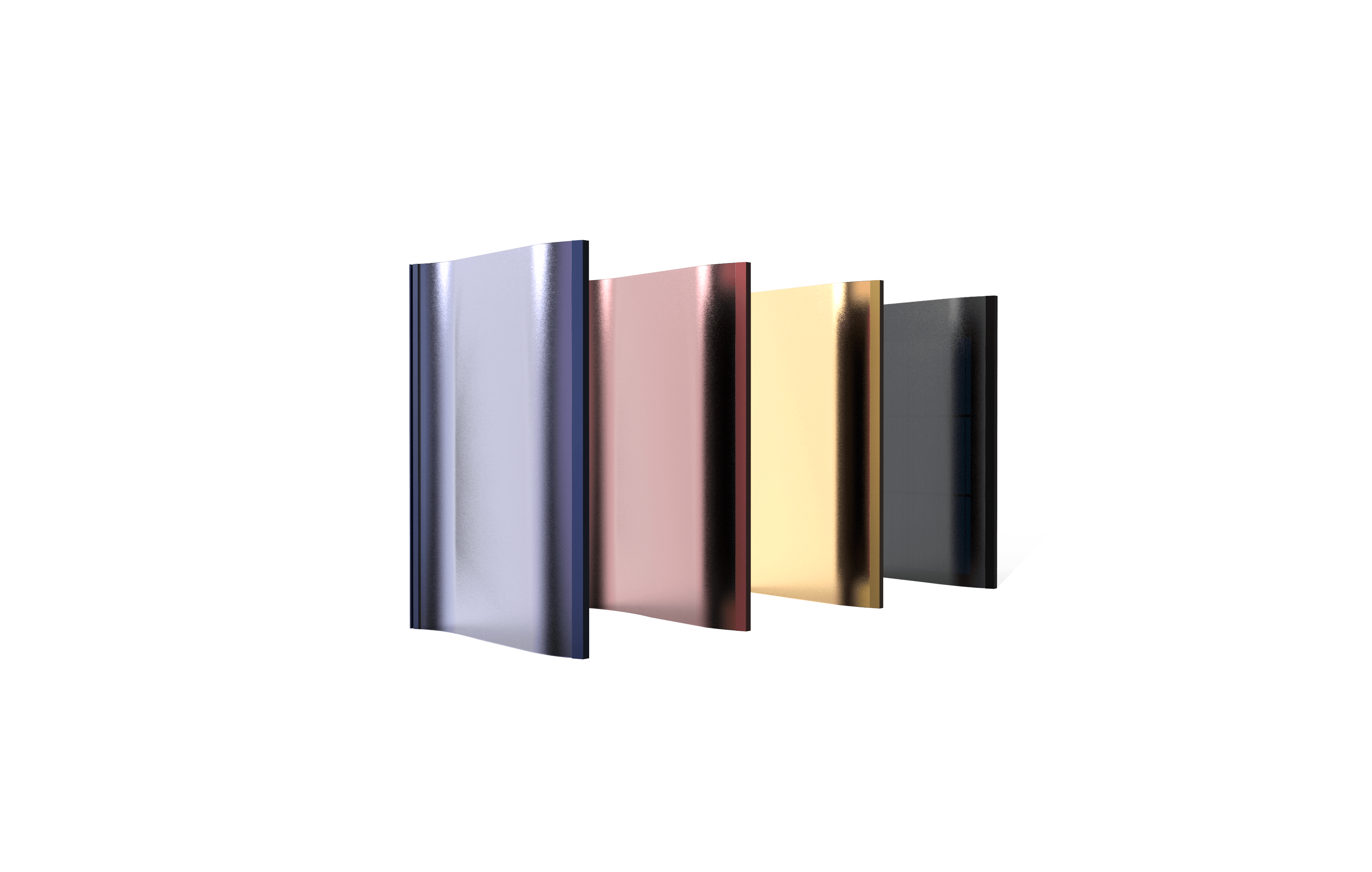
BIPV products used to be used exclusively for roofing. Most early innovators of BIPV technology focused on replacing traditional roofs with panels, tiles or shingles that generate renewable solar energy while protecting the home from the elements. In addition to roofs, BIPV products can be used to 'replace' the following building elements.
Windows
Attached conservatories
Trellis
balcony railings
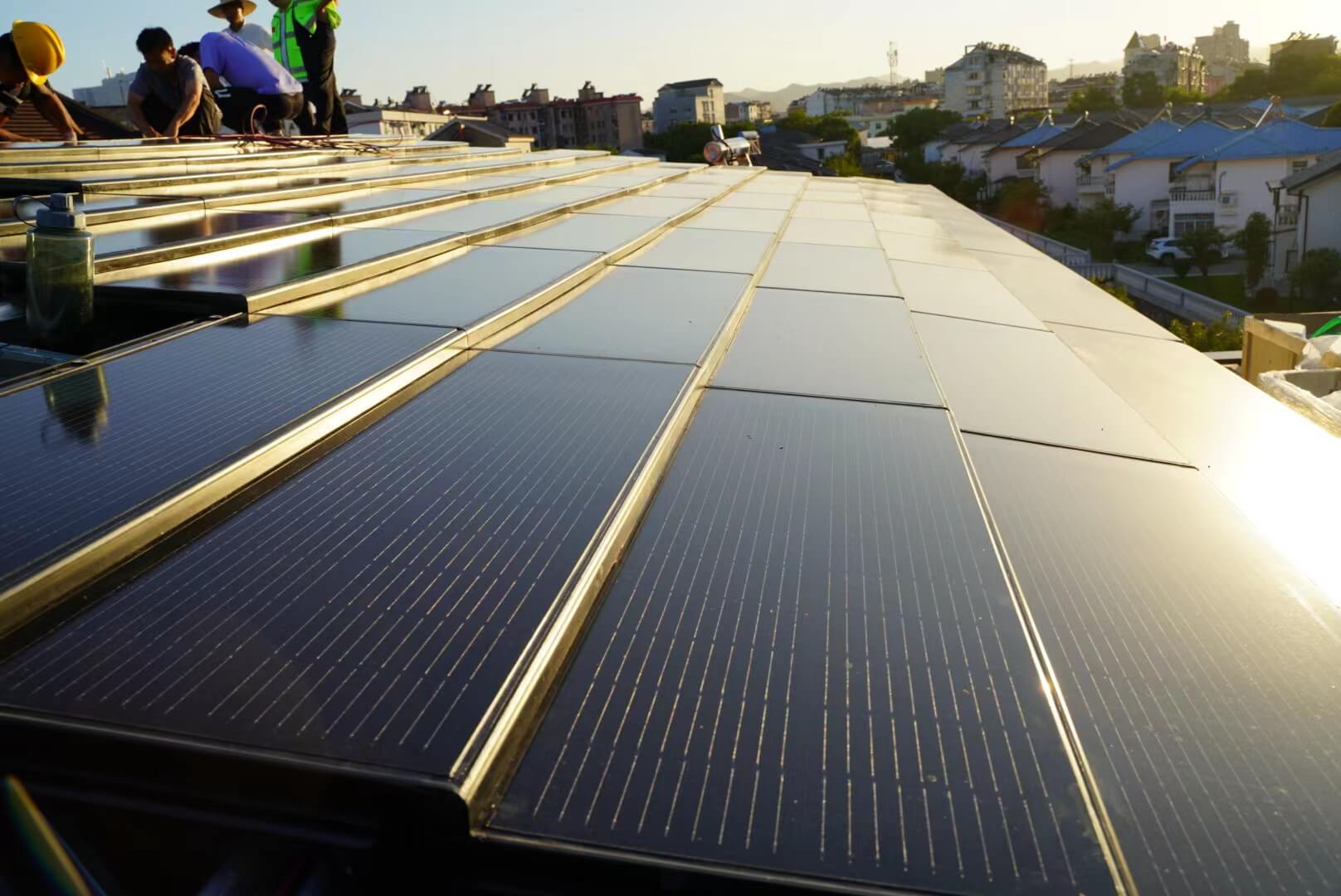
The exact amount of energy that can be generated by a BIPV product or system depends on the circumstances. The total amount of energy will depend on several environmental factors relevant to your location, including
Sunlight/solar radiation: The average amount of solar radiation your home receives (in kWh/m2/day) is the most common way to describe the amount of solar energy available in a given area. Check out this tool provided by the US Department of Energy to determine your home's solar radiation potential.
Climate and other weather conditions: Hot summer temperatures and persistent cloudy/rainy conditions can negatively affect the system output of all types of BIPV. In addition, urban areas with high levels of air pollution may increase the cleaning and maintenance requirements to ensure that BIPV systems operate at maximum efficiency.
Shade conditions: While today's solar technology can handle shade conditions better, the presence of trees, buildings and other structures can block sunlight from entering your home for long periods of the day, which will reduce the energy production of your BIPV system.
According to financial analysis, the total global market for building-integrated PV products will grow to a staggering US$59.5 billion by 2028, with the market growing at a compound annual rate of at least 20% as more and more companies flock to the BIPV industry! This means that the building-integrated PV options currently available to homeowners and builders will only continue to expand. Prices should also continue to fall as competition intensifies and more innovative products become available. The combination of plummeting solar costs and innovative technologies in solar production (such as thin film technology, solar cell efficiency, open circuit voltage, short circuit current, maximum effect and fill factor) will almost certainly continue to drive innovation in BIPV products.
The main attraction of BIPV products is twofold. BIPV systems increase the space above and around the house in which you can convert solar radiation into energy available to the house. More important is the economic factor, as BIPV products have a dual function. They provide renewable energy while protecting the house and reducing the cost of autonomous solar power for the homeowner.
By using solar tiles instead of asphalt panels, homeowners can essentially 'discount' the price of their roof from their solar installation. The same 'discount' can be applied to skylights, railings, skylights and other areas where manufacturers can design BIPV systems. The impetus for this innovation stems from a simple economic calculation. Assume that the average cost of a roof replacement in the US is between $5,500 and $11,500. In that case, solar panels that double as roofs would essentially "subsidise" part of the cost of using solar energy.
Another additional economic benefit of some BIPV systems is that they may be more durable than the building systems/elements they replace. For example, the average lifespan of most asphalt shingle roofs is 15 years. In contrast, most solar shingles will last 25-30 years, with only a slight drop in efficiency at the end of their life. The total economic savings associated with a BIPV roof should therefore take into account the cost of both roof installations. You can apply the same principle to solar curtain walls and other BIPV systems.
A key part of maximizing the value of a BIPV system is planning for environmental and structural factors, both of which affect the economics, aesthetics and overall functionality of any solar system.
Environmental factors
Insolation: This is the average amount of solar radiation received, usually measured in kWh/m 2 /day. This is the most common method of describing the amount of solar energy available in a given area.
Climate and weather conditions: High ambient temperatures can reduce the output of solar systems, and cloud and rainfall patterns can affect system output and maintenance requirements. High levels of air pollution may require regular cleaning to improve efficiency.
Shade: trees, nearby buildings and other structures can block sunlight and thus reduce the output of a PV system.
Latitude: distance from the equator affects the optimum tilt angle for solar panels to receive solar radiation.
Structural factors
Building energy requirements: the design of a BIPV system should consider whether the building can operate completely independently of the grid, which requires batteries or other on-site energy storage systems.
Solar system design: The design of the PV system itself depends on the energy requirements of the building, as well as any structural or aesthetic constraints that may limit the choice of materials. Crystalline silicon panels have a higher electricity output per square meter, but have greater cost and design constraints. Thin film materials produce less electricity per square metre, but are less expensive and can be more easily integrated onto more surfaces.
Essentially, homeowners can incorporate BIPV products into their building design as long as the sun shines directly on the external surfaces of their home. Companies operating in the BIPV market are constantly looking for clever ways to seamlessly integrate BIPV products into the building envelope. They can be part of a standard building component, such as a façade, roof or windows. While you can't generate electricity by placing solar panels on the foundations of your home, you can find BIPV products to install almost anywhere there is sunlight.
Specifically, BIPV is an excellent choice for high-rise buildings in urban areas. The taller the building, the larger the façade area relative to the roof space, which is often used for other equipment such as air conditioning units. As a result, urban structures often have more available space for PV on the sides of buildings and windows than conventional roof panels.
Placement on the building is key when choosing which technology to use. For example, conventional crystal panels need to be at the optimum angle in direct sunlight to work effectively and are therefore usually only suitable for roofs. Thin films absorb ambient light (reflective or diffuse) and are therefore suitable for vertical surfaces and non-south-facing surfaces. When integrated into a building, limited ventilation can lead to heat build-up around the panels, which can affect the efficiency and performance of the crystal modules more than thin films.
When designing your BIPV system, you should also consider cleaning and maintenance. Panels in dry, dusty or contaminated areas will require some cleaning, especially when flush-mounted. Make sure that future access to them is feasible.
BIPV systems can be divided into sections based on similar expected output and environmental conditions, each with its own optimally sized inverter.
Flat Roofs
The most widely installed to date is a thin film solar cell integrated to a flexible polymer roofing membrane.
Pitched Roofs
Modules shaped like multiple roof tiles.
Solar shingles are modules designed to look and act like regular shingles, while incorporating a flexible thin film cell.
It extends normal roof life by protecting insulation and membranes from ultraviolet rays and water degradation. It does this by eliminating condensation because the dew point is kept above the roofing membrane.
Glazing
Semi-transparent modules can be used to replace a number of architectural elements commonly made with glass or similar materials, such as windows and skylights.
Ventilated façades with BIPV
BIPV modules are a key design feature in ventilated façades in addition to performing a protective function by shielding the non-ventilated area of the building against the weather. Double-glazed modules are used for this. By adjusting the module dimensions to the façade module size, a visually uniform appearance can be achieved. Even in the case of unusual façade geometries, the modules and cells can be shaped to perfectly fit the edges of the building.
Skylights with BIPV
As multi-purpose insert units in skylight constructions, Schüco BIPV modules allow solar architectural solutions to be created with a wide variety of interior and exterior designs. They can take on the functions of thermal insulation, sun shading and protection from glare and the weather for the building, while also enabling the targeted use of natural light.
Solar shading
In order to reduce the intensity of sunlight hitting a building, freestanding or integrated shading structures come into play. These can of course be combined with PV to offer solar shading, while generating solar power.
Solar carports
Carports offer another opportunity to install rooftop solar, for additional power generation or where the main roof isn’t suitable. When building a new solar carport, generally you have a bit more flexibility for choosing optimal roof orientation and angle. As we move towards a world where we’re all driving EVs, it makes sense to combine sheltering vehicles with charging them
Other systems with BIPV
Be it windows, entrance areas or terraces, creative solutions are offered by louvre blades, sliding shutters or canopies in conjunction with the photovoltaic modules to allow custom façade architecture to be designed – while also offering protection against solar radiation and rain. The ideal angle of 30° to 45° and rear ventilation for construction reasons offer optimum solar efficiency.
FAQ
Does it still make sense to take solar panels now that the netting may not take place and something will take its place?
It remains useful to have solar panels installed, despite the fact that the netting scheme changes. If the solar panels are purchased before 2023, you will benefit from the maximum netting percentage (100%) until 2031. After 2023, this percentage will decrease, but it will still be attractive to install solar panels on your roof. This calculation has been worked out here: Solar panels: less netting, yet attractive | Environment Central
Can I also store my excess energy production somewhere?
Yes, this is possible, for example, using a home battery. This is a storage place where you can keep your unused generated energy.
If I get a fire from my solar panels, what should I do? Is the installer liable?
The chance that a fire will start due to a solar power system is very small (0.0023%). Who can be held liable in such a case differs per situation. If it turns out that the installer has been negligent in the installation of the solar panels, the installer is liable. If you have solar panels installed, it is wise to take out building insurance.
Is it best for me to put solar panels or solar collectors on my roof?
The main difference between solar panels and solar collectors is that solar panels are used to generate electricity using the sun. A solar collector captures the heat from the sun and transfers this heat via a pipe system to a solar boiler. It just depends on what you would like to make more sustainable, the electricity or hot water. You can of course also choose both options.
integrated pv systems
Several different companies are developing building-integrated PV products and systems. Tesla is a pioneer in solar tiles, but for other BIPV products and systems, consider the following brands.
Gain Solar is a building integrated photovoltaics manufacturer established in 2007, which it is the daugher company of the Yingli Group. It can provide the building with photovoltaic building materials, we envision a world where solar energy is generated by any surface touched by the sun.
The new design solution makes possible bipv buildings or photovoltaic building, without compromising on architectural safety and aesthetics. Gain Solar building integrated pv system products include solar facades, solar glass, solar roof tile, siding, greenhouses, railings, and more. These systems have frameless modules, hidden mounting, and homogeneous surfaces, and can feature the appearance of any material or colour.
Building Integrated Photovoltaic (BIPV) systems offer several compelling advantages that make them a valuable addition to both residential and commercial buildings:
(1)Energy Generation: BIPV systems produce electricity from sunlight, reducing a building's reliance on conventional energy sources. This clean, renewable energy source can significantly lower energy costs.
(2)Aesthetics: BIPV seamlessly integrates into a building's design, replacing traditional construction materials like roofing, facades, and windows. This results in an attractive and harmonious look that enhances the building's overall appearance.
(3)Increased Property Value: Buildings with BIPV installations tend to have higher resale values, as potential buyers are often willing to pay more for properties with integrated solar features. It's seen as a long-term investment that offers cost savings and sustainability.
(4)Space Utilization: BIPV makes efficient use of available space by incorporating solar elements into the building's structure. This is particularly advantageous in urban settings with limited space for conventional solar panels.
(5)Architectural Flexibility: BIPV systems can be customized to suit the design of the building, allowing architects and designers greater freedom in creating visually appealing and innovative structures.
For more information on GAIN SOLAR BIPV system solutions, follow us at gainsolarbipv.com
and inspire your interest in the future of solar roofing at
Instagram: @gainsolar2007
Facebook: @Gain Solar-Yingli Group
Linkedin: https://www.linkedin.com/company/gainsolar/
Picture Library
Related Information
Contact Us